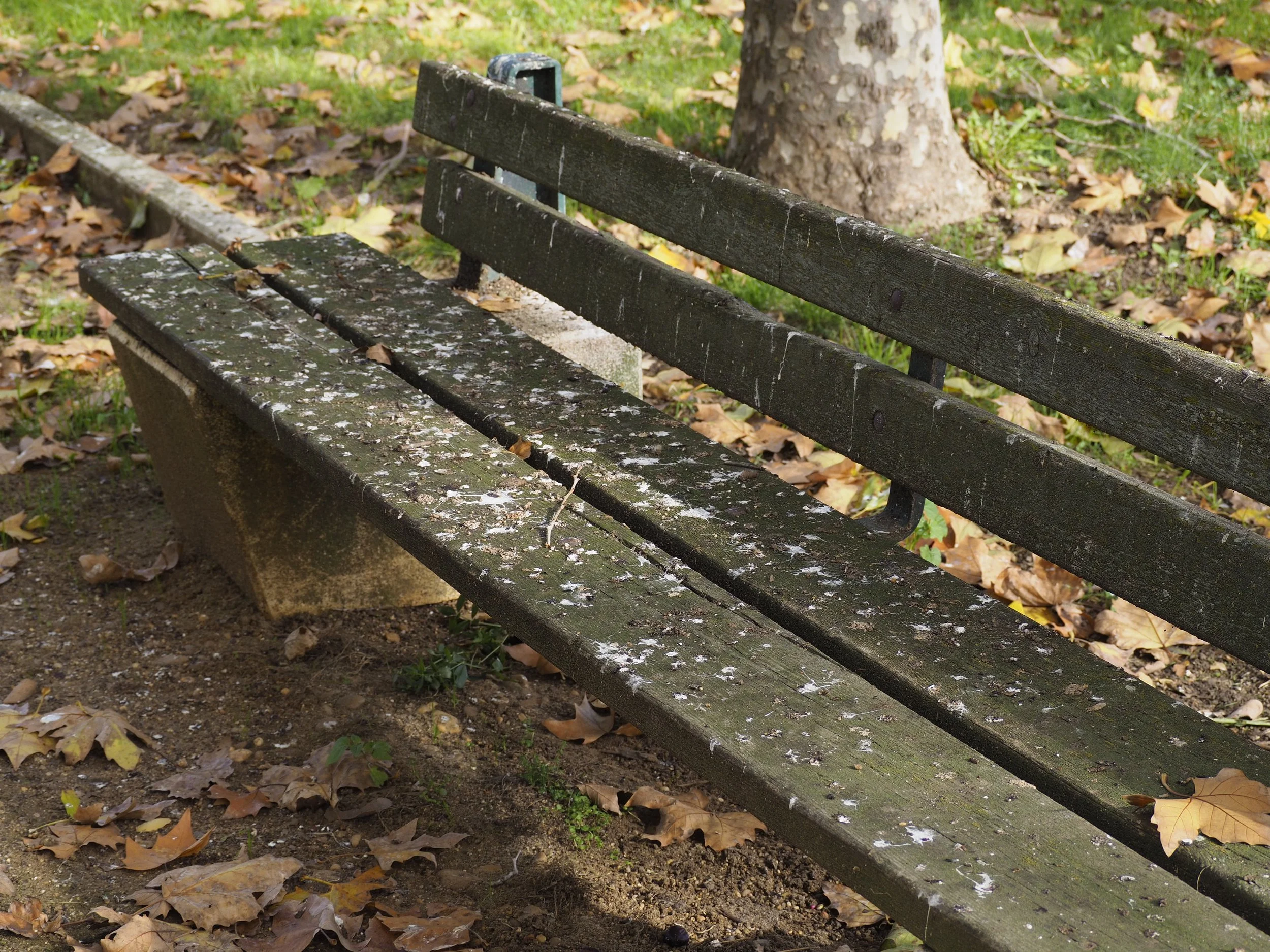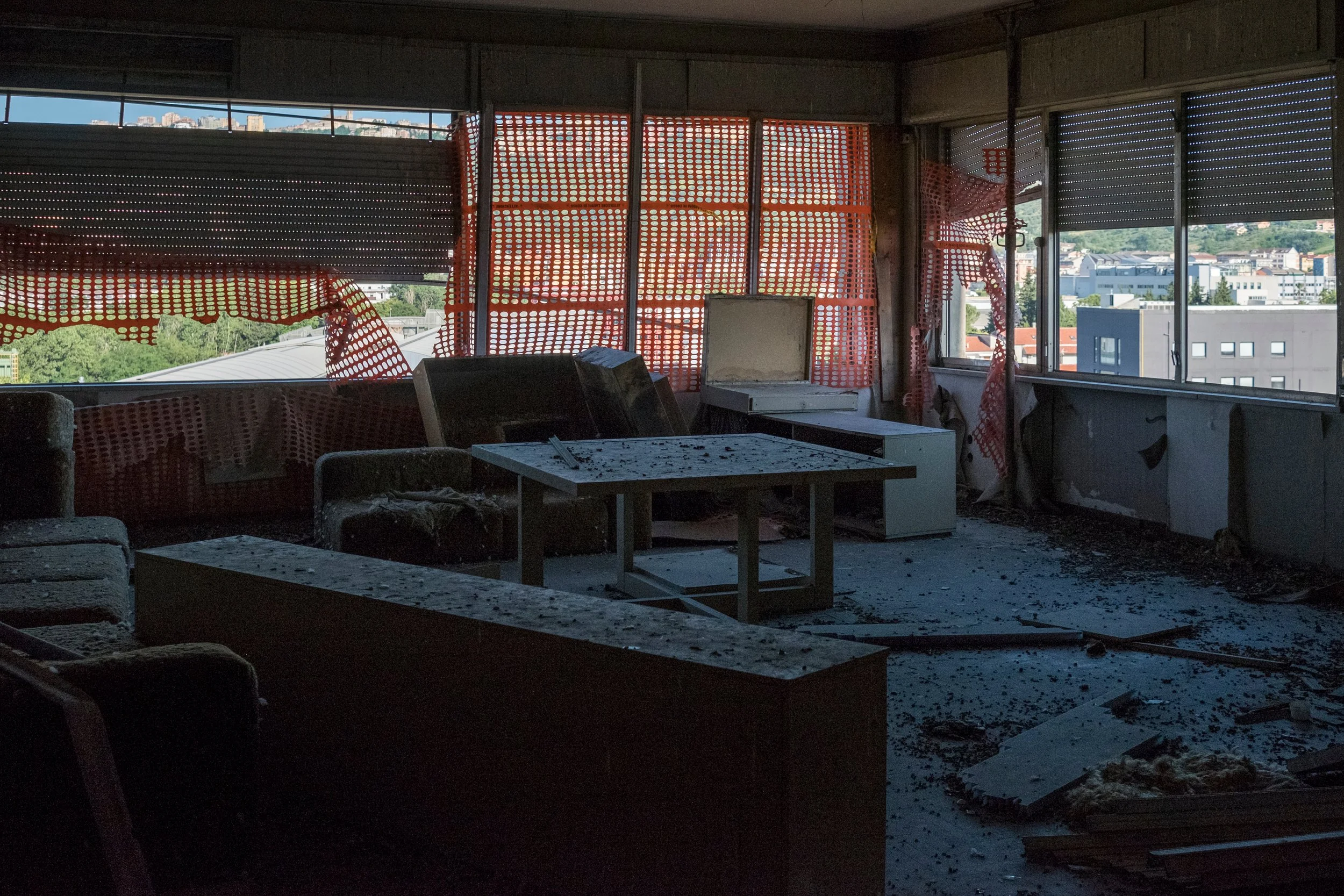The Dangers Of Pigeon Guano
Pigeon guano is an extremely toxic substance that must be handled with care either when cleaning it or just being around it.
In this article today, we will talk about the dangers of pigeon guano and how we stay protected during the cleaning process.
Is Dried Pigeon Guano Dangerous?
Dried Pigeon guano is very toxic, it contains a large amount of pathogens which will spread disease.
This is the main reason our technicians wear full PPE during a Pigeon guano clean.
Some of the diseases that are carried within Pigeon guano are:
Candidiasis
Cryptococcosis
E.Coli
Encephalitis
Histoplasmosis
Psittacosis
Salmonellosis
The way these diseases are contracted is via breathing in spores from the dust or contaminated water droplets.
There are many other diseases other than the ones listed above, but lets look at these seven in more detail.
Candidiasis
Candidiasis is commonly known as thrush. And when contracted from Pigeon guano, the symptoms mainly appear in the mouth and on the skin.
Candidasis is not fatal, however it can be very unpleasant, the symptoms are as follows:
Mouth:
White discoloration on tongue, mouth and throat.
Irritation on tongue, mouth and throat.
Discomfort when swallowing.
Skin:
Itching.
Irritation.
Broken Skin.
Candidiasis is treated by antifungal medication for a course of 2-3 weeks, which will usually get rid of it.
Cryptococcosis
Cryptococcosis is a potentially fatal lung infection, it is contracted from breathing in the fungi Cryptococcus neoformans. This fungi is found with pigeon guano and if inhaled it will begin to affect an individuals lungs as well as brain.
Once the lungs or brain are infected, the symptoms one will experience are as follows:
Lungs:
Cough.
Shortness of Breath.
Chest Pain.
Fever.
Brain:
Headache.
Fever.
Neck Ache.
Vomiting.
Nausea.
Light sensitivity.
Confusion.
Changes in Behaviour.
It is treated with antifungal medication. It is known to greatly affect someone with prior conditions which affect someone's immune system, this is when having cryptococcosis becomes potentially deadly.
E.Coli
E.Coli affects Pigeons as well as Humans. If a Human comes into contact with a Pigeon that has been infected and breathes in any particles, it is very easy for the individual to contract E.Coli.
The common symptoms of most variations of E.Coli are diarrhea. However there are more insidious forms of E.Coli which cause far worse symptoms such as:
Stomach Cramps.
Diarrhea.
Bloody Diarrhea.
Vomiting.
If it is a weaker strain of the illness, symptoms can last for 5-10 days without treatment.
However stronger treatment requires treatment and can last longer.
Encephalitis
Encephalitis is a rare disease which affects the brain, making it become swollen.
This can becoming life threatening and requires urgent treatment at a hospital.
The symptoms to start with are flu like symptoms and a high temperature / headache.
However later more serious symptoms can develop over a couple hours or days, these are:
Confusion or Disorientation.
Seizures or Fits.
Changes in Personality / Behaviour.
Difficulty Speaking.
Weakness or Loss of Movement in Parts of Body.
Loss of Conciousness.
If you experience any of these symptoms, get yourself to a hospital as quickly as possible.
Histoplasmosis
Histoplamsosis is a fungal infection that’ll affect the lungs.
It is usually a minor illness which can cause coughing and a headache.
It can appear 3 to 17 days after breathing in the spores from pigeon guano.
It can however be more serious to those with an already underlying lung disease such as emphysema or asthma. It can develop into pneumonia which can be fatal.
Usually no symptoms are present in a healthy individual, however if you begin to notice symptoms, it is recommended you get treatment, these symptoms are:
Fever.
Cough.
Fatigue.
Chest Pain.
Chills.
Headache.
Body Aches.
Do not hesitate to seek professional medical help if you have been exposed to pigeon guano and have these symptoms.
Psittacosis
Psittacosis stems from a bacteria found in birds called chlamydia psittaci. This bacteria can cause illness in humans, however it is rare. It can cause a minor illness in humans or even a lung infection.
These symptoms are very similar to pneumonia, so it’s always recommended to use PPE around bird droppings.
Salmonellosis
Salmonellosis is commonly associated with food products and the consumption of said products causing food poisoning.
However, the salmonellosis bacteria has been found in pigeon droppings, which means it is easily transferable to Humans who come into contact with the dried waste.
The symptoms of Salmonellosis are as follows:
Nausea.
Vomiting.
Abdominal Cramps.
Diarrhea.
Fever.
Chills.
Headache.
Presence of Blood in Stool.
It is recommended treatment for this kind of disease is started straight away.
So, we’ve looked at the main diseases and illnesses that are present in pigeon droppings. But how do we prevent catching them? The next section in this article is going to go into more detail about the prevention methods an individual should use, to make sure that they themselves as well as others around them are protected from the biohazard that is Pigeon Guano.
How to Prevent Pigeon Guano Health Risks
First and foremost, PPE is essential when conducting any kind of Pigeon guano clean. We recommend using a mask, full coverall suit, gloves, goggles and safety boots. We want to ensure that no dust or water droplets manage to go onto our skin or into our eyes and mouths. This will greatly reduce any chance of becoming sick.
Along with this, it is important that whenever a job is being conducted around any form of biohazard, that we cordoned off the area.
If a member of the general public, or even a staff member come into an area where a large amount of pigeon guano dust particles are in the air, it could be very detrimental to their health. So we must always ensure that the site is secure and these safety measures have been put into place.
Another process that is important in pigeon guano cleaning, is heavily sanitising the area first. Killing the majority of the bacteria is extremely important, however wetting the guano first also will reduce the amount of dust in the air that is kicked up when we begin to remove it. This will ensure a safer environment for an individual to work in.
However, the safest option we always recommend, is hiring a professional who has had specific training in that area. Following a youtube tutorial or a guide online is no replacement for years of experience and training on a job where the dangers are very real. If something goes wrong, it isn’t more money that you’ll be paying out to fix it, it could be a trip to the hospital, or it could even cost you your life.
Why Should I Hire A Professional?
As stated above, we always recommend hiring a professional, it’ll not only keep you safe. But it’ll ensure that the job is done efficiently and correctly. Our technicians have worked in this industry for years, following industry standard training schemes which make sure that they have the full knowledge and tool kit to tackle the job at hand.
When it comes to Pigeon Guano cleaning, it is a complex job which if done poorly can cause damage not only to an individuals health, but also to the environment and the structure that the pigeons have done their business on as well.
Our technicians take every single precaution to ensure that each job they attend is done to a high standard, not only to create a sanitised safe environment, but to ensure that you the customer have an area which is back to it’s original state.
If you are interested in getting a quote for Pigeon Guano cleanup, please click the button below to have a look at our service. We will do our best to help you combat all your flying pest problems!



